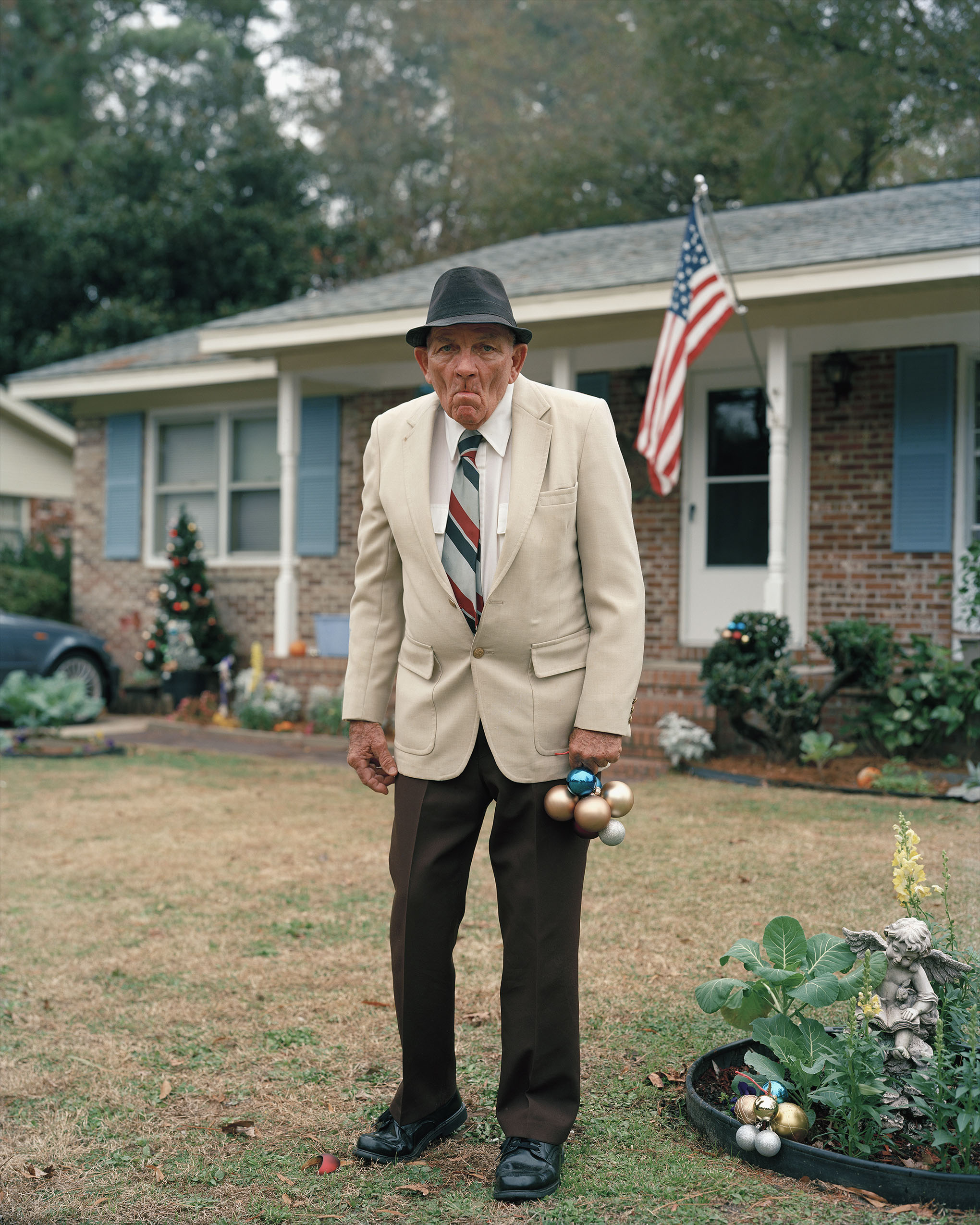miCRo: Seventeen Fouettés by Mark Wagenaar
4 Minutes Read Time

Assistant Editor Sakinah Hofler: “Seventeen Fouettés” starts with the line: “Yesterday an hours-long gun battle between police and gangs left you, your sister, and your mom stranded in the apartment.” Wagenaar’s piece then departs from the expected depiction of violence and, instead, juxtaposes death with a lush, wondrous world filled with art and ballet, thus creating beauty in death and loss. I suggest reading this piece twice: once to yourself to luxuriate in the images, and once aloud to appreciate the sound.
Seventeen Fouettés
Yesterday an hours-long gun battle between police and gangs left you, your sister, and your mom stranded in the apartment. You passed the time, as you do each day, by sketching your dreams and memories, altering your lines according to the shots you heard: hard single strokes for lone reports, feathered dashes for the snaps of automatics: you closed your eyes and chose colored pencils by instinct or luck, as a bow of darkness was drawn upon your bones: you heard the violin that begins Act II of Giselle: half an hour later you looked down: Albrecht and Giselle beside her grave, she in a last arabesque, one leg in the air, one arm arched above her, her other hand upon a kneeling Albrecht’s shoulder, the rest of the stage lined with shades in ragged tutus, the Wilis, spirits of virgins who died before they married—and there, just above them, your father floating somehow in the air. You recited names, a mantra: Osipova and Acosta. Zakharova and Bolle. Ferri and Baryshnikov. Your ballet teacher, last week, reading as a video played: Before each landing she has stepped through many ghosts,as one name rattled like rain against a window, Ulanova, Ulanova, Ulanova.
If someone looks closer, she’ll see the truth: each figure is made of dozens and dozens of moths and butterflies, white-lined sphinxes, death’s-head hawkmoths, the eyespots on the wings of Bicyclus anynana circles and ovals of luminous ashes, little shrouds of what we’ve forgotten, the wings of the blue morpho like blue stained glass crossed with dark capillaries, sky-blue of thirst, of remembrance. These are the butterflies you dream, which return the world piece by piece when you awaken, the ones that lifted your father’s spirit into the sky last year: the same dream each night for three nights before the day he died.
Yesterday a news reporter took photographs of you and your troupe, a baker’s dozen in black tutus with white stockings, on a garbage-strewn, graffiti-shot street in front of the five-story Monroy complex, an abandoned industrial building mottled with spray-paint tags and dark glassless windows and black mold in upside-down bell curves from the gutters (you overheard her ask your teacher the stats: how many will get pregnant, turn to the sex trade, how many will make it out . . . ).
You wanted to tell her what no one else believes: Your dreams predict the future. And: or: affect the future—but how would one know? How to tell that your father died in part because of your dream?
And that there is one other dream—one you’re waiting for, one you know is coming because you feel him near you when you dance. There is a scarecrow of two-by-fours dressed in your father’s blue flannel shirt and jeans inside the abandoned Monroy—and one day the right arabesque, or seventeen spinning fouettés, will summon the butterflies, and a beating cloud will descend through the broken roof to carry you away.
Mark Wagenaar is the author of three award-winning poetry collections, including the Saltman Prize–winning Southern Tongues Leave Us Shining (2018), from Red Hen Press. His fiction and poetry appear widely, including the New Yorker, Tin House, Southern Review, Gulf Coast, and River Styx, among many others. He is a father of two, husband of poet Chelsea Wagenaar, and presently an assistant professor at Valparaiso University.
For more miCRo pieces, [button link=”https://www.cincinnatireview.com/micro/”] CLICK HERE[/button]

